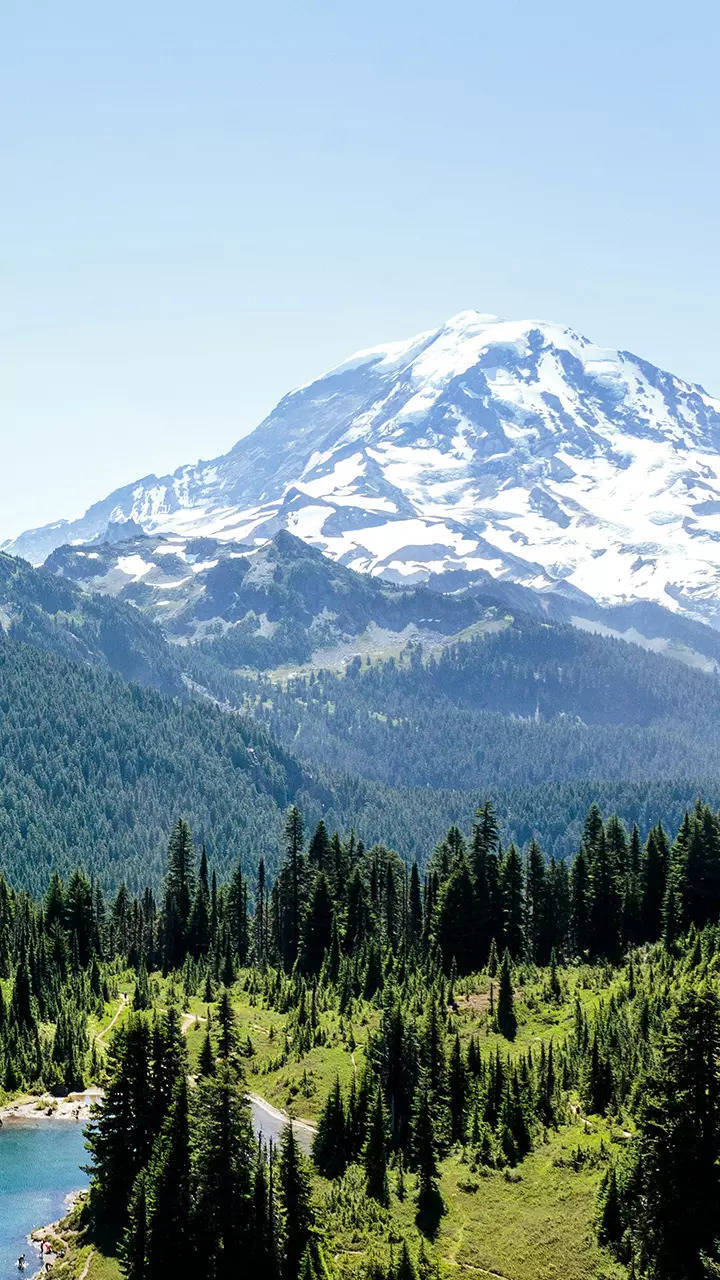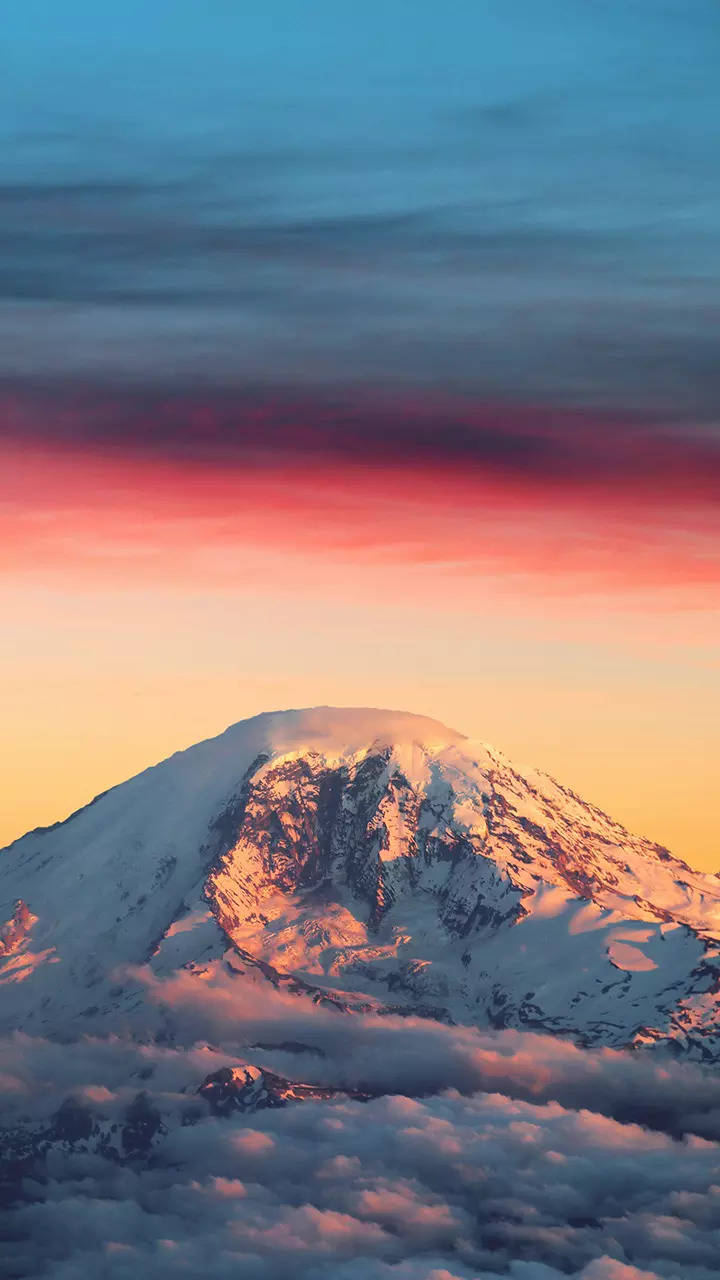


Mount Rainier: The Crown Jewel of the Cascades

Tallest Volcano in the Cascade Range
Mount Rainier stands as the tallest peak in the Cascade Range, towering at an elevation of 14,411 feet (4,392 meters) above sea level.

Active Stratovolcano
While currently dormant, Mount Rainier is considered an active stratovolcano with the potential for future eruptions. It last erupted approximately 1,000 years ago.

Glaciated Summit
The peak of Mount Rainier is glaciated, boasting 26 major glaciers and countless smaller ones. It has the most extensive glaciation of any peak in the contiguous United States.
National Park
Mount Rainier is the centerpiece of Mount Rainier National Park, established in 1899. The park encompasses over 236,000 acres of pristine wilderness, including old-growth forests, alpine meadows, and, of course, the majestic mountain itself.
Ecological Diversity
The diverse ecosystems within Mount Rainier National Park support a wide range of flora and fauna, including subalpine wildflowers, black bears, elk, mountain goats, and more than 200 species of birds.
Challenging Climbing Destination
Mount Rainier is a popular destination for mountaineers and climbers, but it presents significant challenges due to its steep terrain, unpredictable weather, and crevasse-riddled glaciers. It requires technical skills and experience to summit safely.
Cultural Significance
Mount Rainier holds immense cultural significance for Native American tribes, particularly the Puyallup people, who have lived in the region for thousands of years. They refer to the mountain as "Tahoma" or "Tacoma," meaning "mother of waters" or "snowy peak."